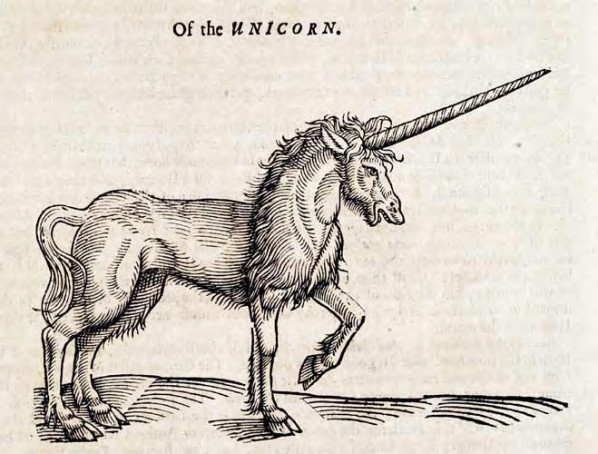I’m reading Gary Lachman’s biography of Colin Wilson, Beyond the Robot (highly recommended). I don’t know why but I’ve always had an aversion to biographies; but something told me I needed to read this one and I’m very glad I paid attention. His philosophical contributions aside–and those are exciting and thought-provoking–Wilson’s determination, sense of purpose, and industriousness are inspiring. I will never be that disciplined; I have finally realized after years of trying to force myself to be more organized in planning, executing the plans, and then recording the results that the harder I push and poke at myself, the more obnoxiously watery I become. I am prone to topic-specific brain fog, and it might sound like something you just overcome with sufficient effort, but ha ha ha ha, no. The only way to keep the phlegmatic formlessness in any kind of check is to allow it to do its thing most of the time. Damming it up leads to very bad outcomes. Huh. It’s almost like somebody in the wayback observed the behavior of actual water when drawing an analogy to certain personality types… Too bad some of us just have to learn everything the hard way.
I swear I do listen to music other than Johnny Flynn.
Speaking of water…stick with me here…I was talking to the herbalist and constitutional types maven Rebecca Altman two or three years ago, and she made a rather offhand comment about how phlegmatics have a tendency toward…well, let’s call it historical revisionism. That is, the way they feel about something now is, they say, how they have always felt about it. They might feel differently tomorrow, and then that will be how they always felt. (At least that’s how I remember what she said.) Similarly, they may be terribly indecisive about everything but once a decision has been reached, they always knew that was what they were going to do. Now to me that retrospection makes perfect sense, though I do see how it makes us phlegmatics super annoying to pragmatic melancholics and driven cholerics. Humans make meaning, it’s what we do–and meaning is subjective and thus subject to constant revision and negotiation, as I wrote when I discussed the narrative paradigm theory of human behavior. Well, one of my big lessons of late 2016-early 2017 has been that rather than revising un-self-reflectively and without purpose, it makes much more sense to just craft yourself a better narrative. The keyword there is craft: feelings and opinions are going to change and there is a lot of magic to be harnessed in taking charge of that process.
It’s harder than I expected to put into words. I’m not talking about positive affirmations or lying to yourself. It’s more a matter of trying on different perspectives deliberately, rather than as a passive reaction to events. It’s also about embracing the wibbly-wobbliness of time: changing a feeling about something that happened in the past, for example, and creatively rewriting the narrative you have been telling yourself about it changes how you feel in the present, and thus the future. In the same way it reverberates along the mycelia-like network of non-local consciousness to effect other aspects of your reality.
In Beyond the Robot Lachman discusses Wilson’s discovery that interest is dependent on attention. This means that a thing is not inherently interesting to you or not, you make it so through your relation to it. I would say the same for beauty. This kind of dovetails with something I read in a Thich Nhat Han book (don’t remember which), where he said that your boredom, impatience, or annoyance with a task is proportionate to the amount of your attention that is somewhere else. In other words, when you’re thinking about something you were previously doing, or would rather be doing, or are planning to do, chores seem to take forever. On the other hand, when you are absorbed in the chore at hand you lose your sense of the passage of time and when you’re done, it seems to have gone by quickly-but-not-too-quickly. They say that time flies when you’re having fun, and usually that’s true, but I’ve found that I can make my enjoyment seem to last much longer by focusing intently on the present moment.
Not only that but, as Wilson wrote, that level of concentration and focus opens up a perception of your immediate reality as intensely fascinating, beautiful, and meaningful–he called this perception Faculty X. You suddenly notice something you never noticed before, and all of a sudden you’re totally amazed by it. Faculty X is how you interface with non-local consciousness and then, to put it in terms of an image that came to me last night, it’s like you just reach out and scoop up handfuls of passing magic. Point is, when you start putting such attention into your narrative and your feelings, not only do your inner workings become a lot more interesting in their own right, but you gain some really powerful new tools. It can be fun to play around with too.
Because of music’s ability to stir the emotions, I find I’m able to use it to induce a state of deep absorption in a feeling, especially feelings associated with memories; and from that “place” I can kind of tinker with the feeling-memory link. That’s the best I can describe it; you’ll have to try it yourself. The risk is that you can become confused about events in the past, but then again, that is also the point of the exercise. You have to be willing to sacrifice “what really happened”–that was only ever a story anyway–for what might have been. Choose your targets accordingly and stay very conscious of what you’re doing (as that also is the point of the exercise).
